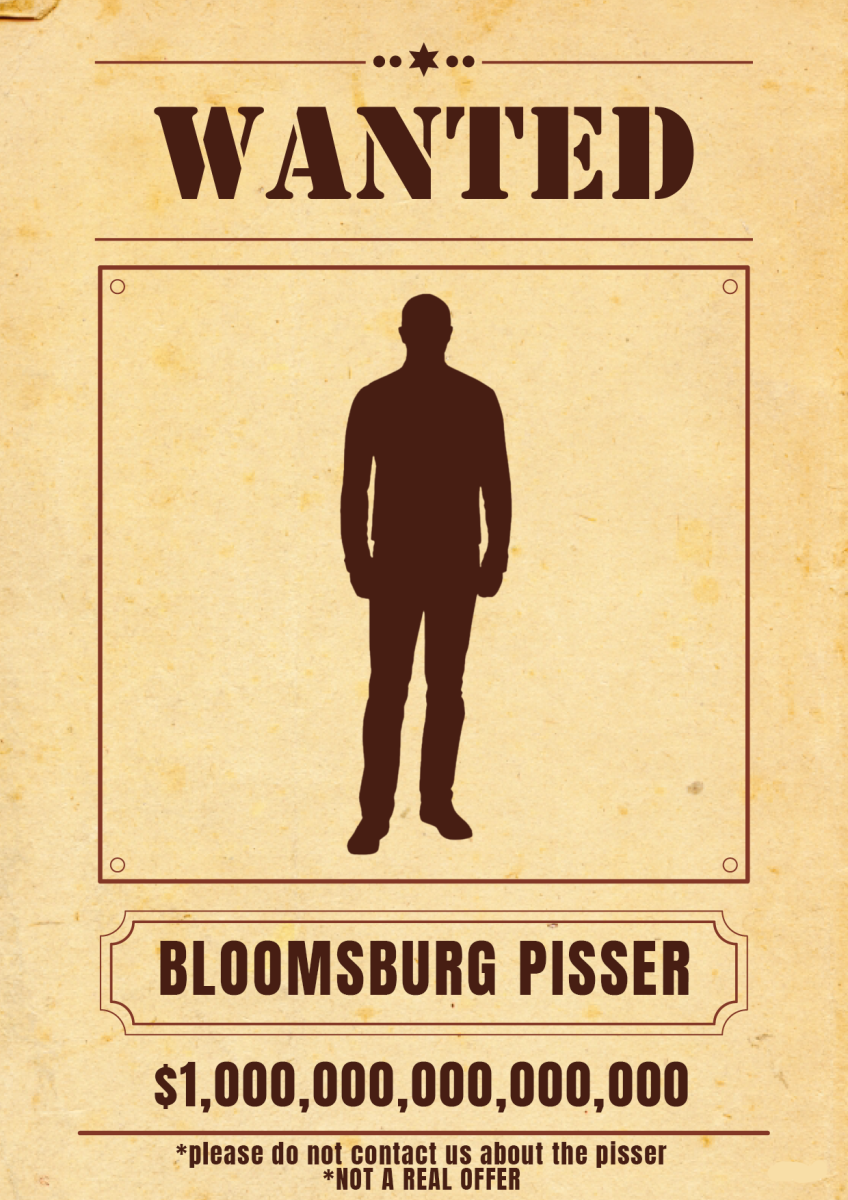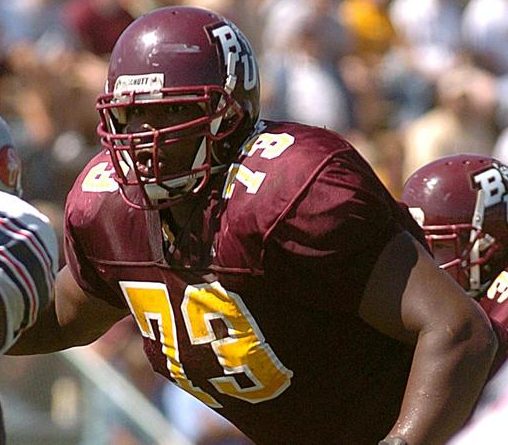This week in history:
The evolution of drunk driving laws
September 12, 2019
On September 10 1897, the first recorded drunk driving arrest occurred when a 25-year-old taxi driver slammed his cab into a building while driving under the influence. According to History.com, the first laws against operating a motor vehicle while under the influence were implemented in 1910 in New York.
Shortly thereafter in 1936, the first version of what would become the breathalyser was patented (but not widely used or adopted by police stations at the time). It wasn’t until the late 1970s that the larger public was made aware of the dangers of drunk driving, which helped make laws against and punishments for drunk driving stricter.
Today in the U.S., convicted drunk drivers face punishments ranging from fines, loss of driver’s licenses, increased insurance rates and even jail time. Even with these laws in place, the CDC reported that in 2016 alone 10,500 people died in alcohol related crashes in the U.S.
So, should drunk driving laws be harsher? In my opinion, yes. While older laws concerning driving under the influence (DUI) were overly lenient on drunk driving offenders, the Pennsylvania General Assembly successfully passed new legislation, both expanding the past laws and increasing their strictness on convicted drunk drivers.
For instance, according to the David Mckenzie Law Firm, Pennsylvania’s previous rules designated that a DUI is a misdemeanor offense, while under the new legislation a person convicted of a third-offense DUI is guilty of a felony if their blood alcohol level (BAC) is 0.16 or higher and a fourth-offense is a felony regardless of BAC.
Additionally, the maximum sentence for someone convicted of vehicular homicide while DUI has been lengthened, going from three years in prison maximum to five or seven years in prison minimum previous offenses depending. But these laws don’t quite go far enough to appropriately respond to the problem of drunk driving in this state.
Lest we forget that one drunk driver can lead to the deaths of an entire family (as has happened in the past). The law should definitely be more proactive in combating drunk driving instead of reactive.
Even under the harsher new laws, a drunk driver who commits vehicular homicide is only getting a minimum of five years if they have a previous DUI offense. They could get seven years if they have multiple previous DUI offenses which, while it is certainly a necessary sentence, it does not address the issue that someone had to die in order for that sentence to even be on the table for a drunk driver’s conviction. This type of sentencing is essentially a reactive approach.
A more proactive approach would be to make the laws concerning a driver’s first DUI offense stricter, as the current law is a maximum of six months in jail, six months-probation and a measly $300 fine, which does not nearly cover the fact that person willingly got into their vehicle while under the influence and could’ve easily taken someone’s life.
All in all, DUI laws have definitely evolved since their introduction in the US in 1910 and arguably still don’t adequately address the growing issue that is drunk driving.
Isaac is a junior Chinese and Russian major and a member of the BU History Club.


























